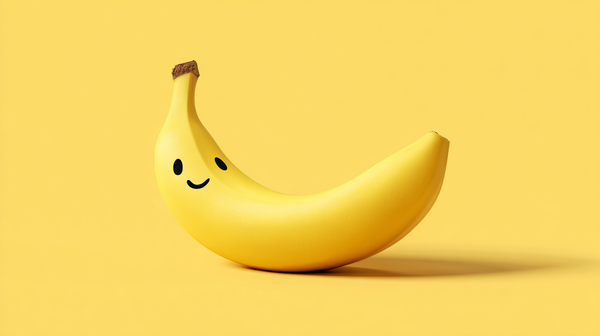You know the AI world has reached peak weird when Nano Banana becomes the hottest tech name in town. What started as a curious meme on AI forums has quietly become one of the most advanced—and mysterious—image editing models in recent memory. Well, at least in the last few weeks.
Is the hype justified? Is this another step change that changes how we work? Is it a productivity hack, an amateur tool, a tool for pro's, or something that changes the game? I'd love your comments below...
What Is Nano Banana?
Nano Banana burst onto the scene via LMArena, a side-by-side image model “battle” platform. Early users started noticing that one unnamed model consistently outperformed the rest—keeping faces consistent, respecting scene context, and following complex instructions to a tee. The banana references (emojis, icons, inside jokes among developers) became stickers for something that was quietly blowing everyone’s minds.
Most signs point to Google (or DeepMind)—not officially confirmed, but plenty of insider hints align. And now, as confirmed by Ars Technica, Nano Banana appears to be in fact Gemini 2.5 Flash Image, the image sidekick to Google’s Gemini ecosystem.
What Makes It a Game-Changer
- Natural Language Editing:
Forget masks, layers, or precision tools. You just tell Nano Banana what to change—“make her smile and add soft lighting”—and it delivers, often in the narrow time it takes to blink. - Identity & Scene Consistency:
Unlike most tools that morph faces or break composition with each tweak, Nano Banana keeps the subject identifiable and intact, even across multiple edits. Ask it to shift settings, lighting, or angle—your subject stays the same. - Speed That Doesn’t Feel Like Laggy AI:
Testers report outputs in one or two seconds, versus 10–15 seconds from competitors. It feels instant, like real-time editing. - Storytelling Across Images:
It easily handles multi-image coherence—perfect for visual narratives, UGC campaigns, or product lines with consistent branding.
🏆 Why Creative Pros Should Care
Imagine scaling product photography without renting studio space: e‑com platforms report 34% jumps in conversions, gaming studios cut NPC portrait costs from $150K to under $10K, and architecture firms skipped entire revision rounds with mockups they’d wire for real .
Whether you’re a digital designer, a content studio, or a marketing agency, this tool isn’t just faster. It’s transformatively efficient—especially for branding, storytelling, and campaigns where consistency is your creative currency.
But honestly...I am asking myself whether this is all good, or whether this is part of the biggest problem that will erode pretty much all trust in content (which is why we need blockchain, or some tech to validate the real from the fake.
Watch the first minute of this video below to see what I mean.
Where You Can Try It (If You Dare)
- LMArena Battle Mode — Choose blind battles and hope Nano Banana shows up. It’s hit or miss, but the comparisons are telling.
- nanobanana.ai — A semi-official frontend that works… when it’s on. Availability is patchy, so don’t expect permanence.
- Gemini 2.5 Flash Image (Gemini App / Google AI Studio) — The integrated route—but you’ll need a Gemini subscription (free and paid tiers apply).
What This Means for the Creative Industry
- Photoshop’s role is changing—for quick edits, Nano Banana’s text-based magic could become the new content default. Photoshop isn’t dead, but its throne is wobbling.
- Visual consistency becomes a system, not a grind. Create campaigns where every asset aligns—automatically.
- Clients will expect instant iteration. If competitors can turn around compelling visuals in seconds, your benchmark for responsiveness just skyrocketed.
In the relentless chase for AI innovation, Nano Banana stands out not because of hype—but because it hits the rare sweet spot: power, precision, and speed.
Just don’t blame the banana for being a genius.
What are your thoughts and experiences? Please share in the comments section below.












